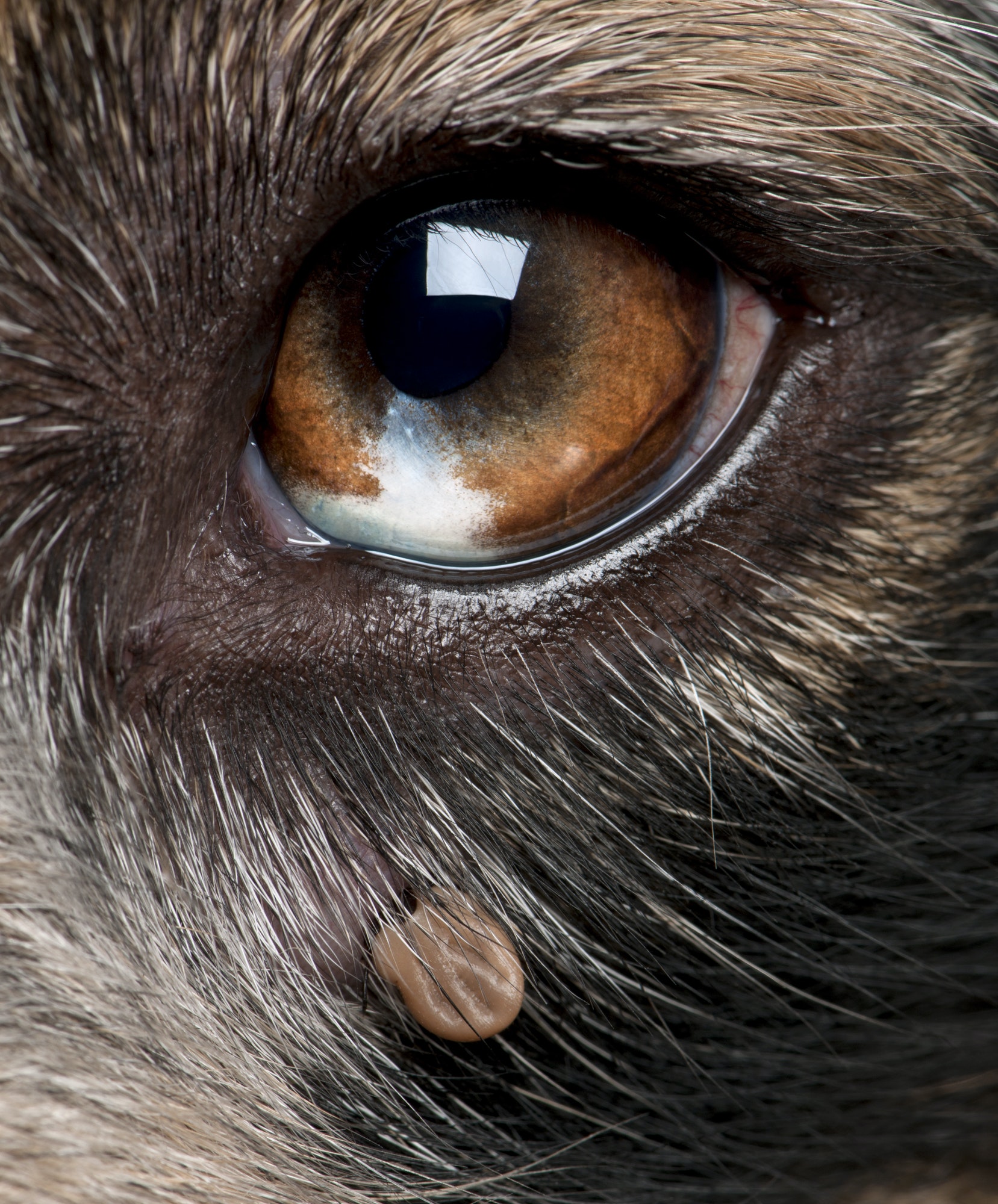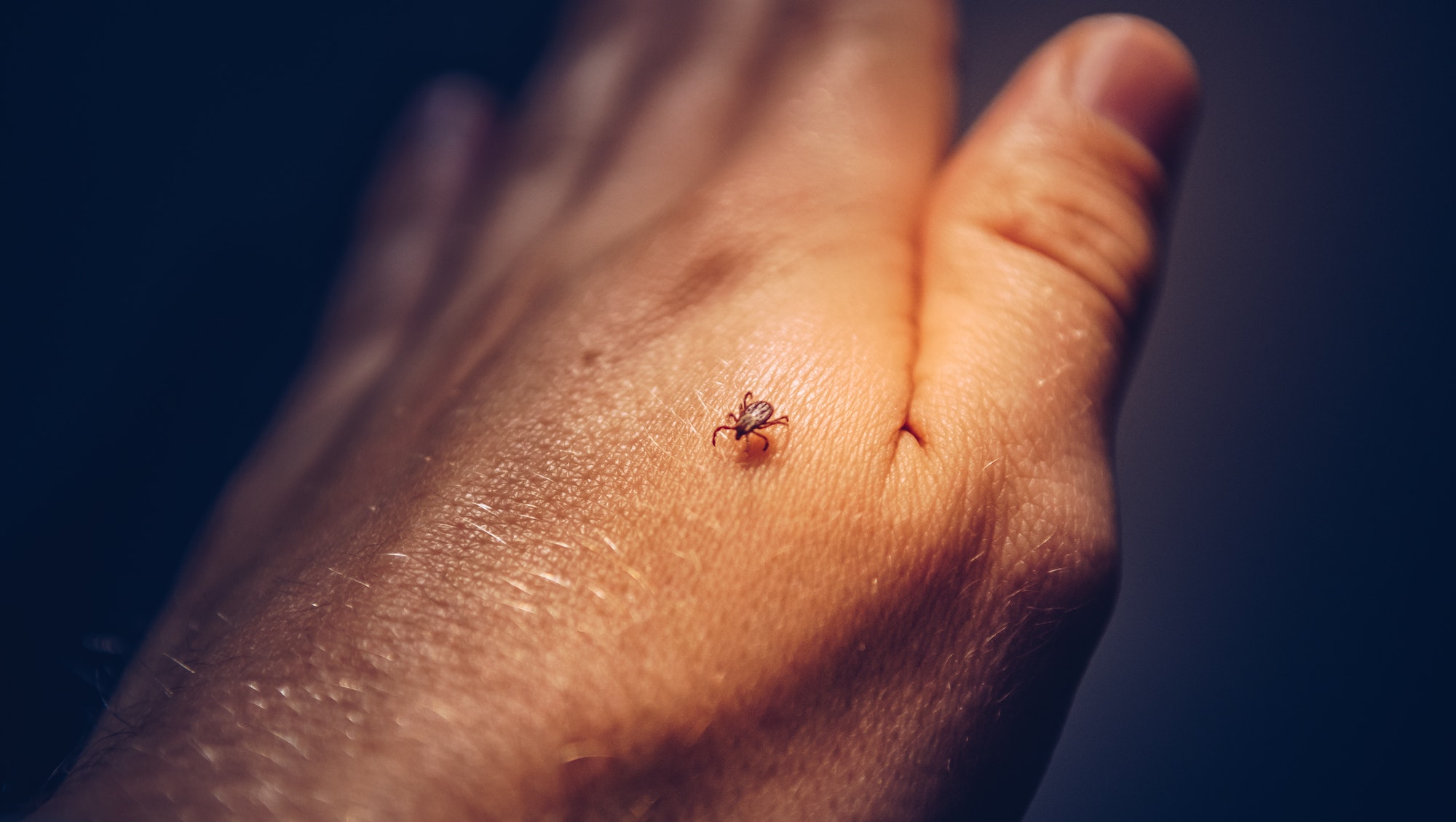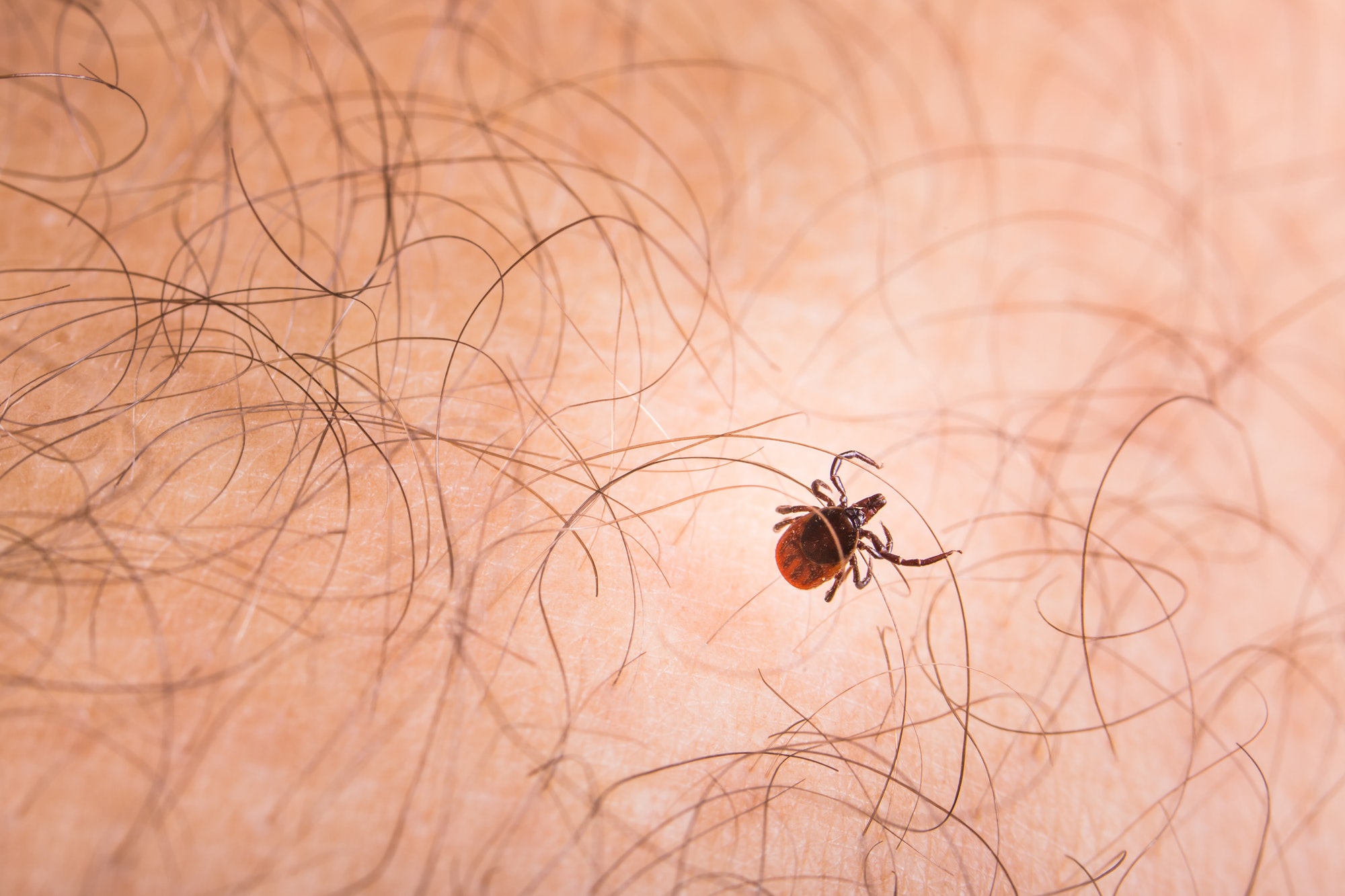Why Ticks Are So Dangerous To Humans And Pets?
Ticks are ectoparasites (parasites that live on or in the skin but not within the body of its host) scientifically classified as Arachnida, that are known transmitters (vectors) of diseases for humans and animals and that have been studied since the mid-1800s.
If you ever owned a pet, it is most likely that you encounter the necessity to remove these tiny creatures to prevent potential complications to the animals or the people interacting with them.Tickborne diseases occur worldwide and even though, there are over eight hundred species of ticks throughout the world, only two families of ticks Ixodidae (hard ticks) and Argasidae (soft ticks), are known to transmit diseases or illnesses to humans.
Ticks are stated as a parasite to perdure in their habitat in need of a host to survive and reproduce. They have complex life cycles, in which all of their growing states need blood meals to gather nutrients from their hosts in a race for survival. Usually, the female adult is the one causing the most bites since the males usually die after mating.

They act as vectors when microbes in their saliva and mouth secretions get into the host’s skin and blood. Upon this point, large cumulus of these creatures can result in the spreading of diseases due to their size, it recoiled on the ability to go unnoticed and their facility to reproduce and spread in a fast pace.
Besides animal-related interactions with this vector, ticks can attach to people and their pets by going through grassy areas and woods, presenting a higher risk of tick bites potentially infected with diseases, especially during the outbreaks of tick-related illnesses, which follow seasonal patterns (about April to September in the United States) as they reach their adult form.
In most cases, tick bites are usually painless and remain that way even after they stop consuming the host’s blood, developing later in the site, itching, burning, redness and rarely pain or may not present any symptoms. But when an infected tick bites a human, most of the diseases they carry produce similar signs and symptoms, which can be mild and treated at home or cause severe infections that require hospitalization.
Those symptoms can be developing from days to a few weeks, and may include: flu-like symptoms (fever and chills, shortness of breath, weakness, paralysis, vomiting, swelling at the bite site, confusion, palpitations, etc.) that should be seen immediately by a doctor. As well, people can be allergic to tick bites (tick saliva secretions) and develop rash near the bite, shortness of breath, swelling, numbness, and paralysis. Occasionally, if time passes and the bites are not treated appropriately, they can become infected.
Recent studies have found that tick bites can cause people to become allergic to red meat and occasionally milk, causing severe medical complications including anaphylaxis and death due to complications.

The Center for Disease Control and Prevention (CDC) stated that although most ticks’ bites do not transmit pathogens, some bites do. Some bites may carry pathogens that can cause human disease resulting on Tularemia, Anaplasmosis, Babesiosis, Ehrlichiosis, Rocky Mountain spotted fever and Lyme disease, just to mention a few and all required medical attention, that if not treated accordingly, may cause mayor medical complications or even death.
Not only the importance of this matter rest in the effect it has on individuals but also on pets.
Pets do become an easy target as well they are exposed to the release of toxins from the ticks, causing multiple areas of skin irritation. Ticks are capable of causing diseases that also affect human beings (Lyme disease, Rocky Mountain spotted fever, Ehrlichiosis, etc.) causing on pets, arthritis and swelling of joints, fever, lameness, depression, paralysis, loss of appetite, anemia, jaundice, hemorrhages and other symptoms that can potentially cause severe complications or even death, if not treated promptly and accordingly. As well, bites that are not treated properly can cause wounds that can lead to secondary bacterial infections.
Prevention is the key to decrease any unfavorable outcome. Primarily tick exposure can occur year-round, but ticks are most active during warmer months. Ticks may be carried into the house on clothing and pets’ examination must prevail within the first minutes of arrival since the vector lives in grassy, brushy, or wooded areas.
Showering has been shown to reduce the risk of getting Lyme disease and may be effective in reducing the risk of other tickborne diseases for humans. On pet, it’s recommended the same procedure to preclude the arrival of an unwanted guest. If pets are infested with ticks, promptly take it to a veterinarian for the correct removal.
Pyrethroid insecticides provide effective control of ticks and a variety of household arthropod pests they are relatively low in toxicity to humans and most other mammals and birds. For this reason, some pyrethroids are used regularly to treat pets, as well as human clothing, to kill and prevent ticks and their complications. In extreme cases call your best pest control to ensure your home safety.








